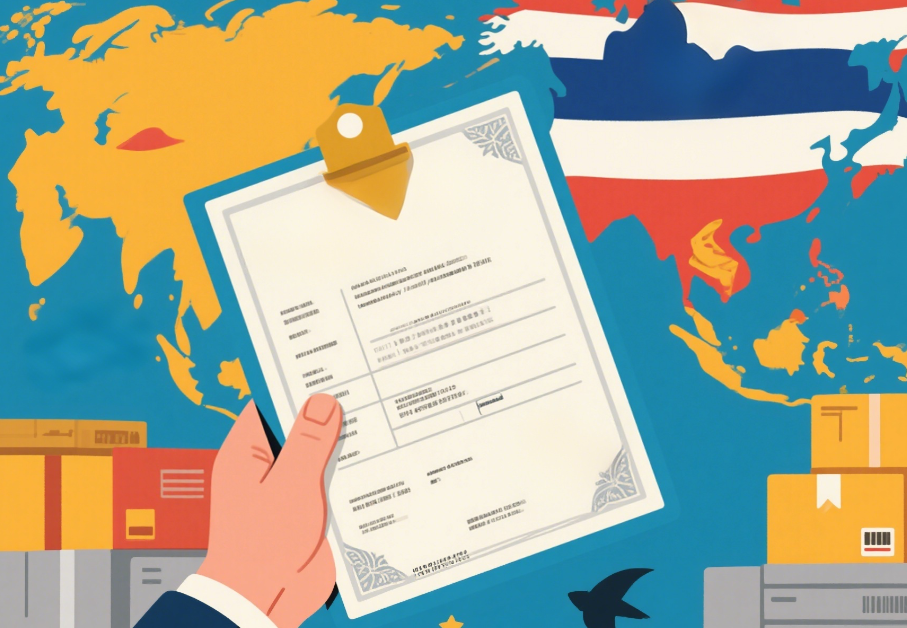 400-076-6558智领未来,外贸超级营销员
400-076-6558智领未来,外贸超级营销员
 400-076-6558智领未来,外贸超级营销员
400-076-6558智领未来,外贸超级营销员

For small businesses venturing into international trade, the journey is often filled with hidden hurdles. Limited resources, lack of experience, and complex regulations can lead to costly mistakes. This article dives deep into two major challenges—international transportation and customs compliance—and provides actionable insights based on real-world cases.

Many small businesses struggle with balancing cost and speed when choosing logistics solutions. Let’s look at some common issues:
A 3C product supplier chose sea freight to cut costs but faced significant delays during peak season. As a result, customers canceled orders, leading to revenue loss. This highlights the importance of aligning transport choices with business needs.
A clothing company was caught off guard by EU REACH regulations. Their shipment was detained at Rotterdam Port due to chemical content violations. This case shows how critical it is to understand destination country requirements before shipping.
Newcomers often rely too heavily on international couriers without considering the advantages of specialized logistics providers for certain countries. This can lead to unnecessary expenses and inefficiencies.

Selecting the right logistics channel depends on your product type, budget, and delivery expectations. Here's a quick reference guide:
| Transport Method | Suitable Goods | Cost Range | Delivery Time | Customs Complexity |
|---|---|---|---|---|
| Sea Freight | Bulk goods, low urgency | Low | 20–45 days | High (requires full container or shared cargo) |
| Air Freight | High-value, medium-weight items | Medium–high | 3–7 days | Medium (requires airline cooperation) |
| International Courier | Small samples, urgent shipments | High | 1–3 days | Low (courier handles customs) |
Cost Calculation Tip: Always include insurance, fuel surcharges, and any additional fees for remote areas. For air freight, check the flight transfer points to avoid unexpected delays.
Incorrect documentation or misclassification of goods can lead to severe penalties. Here’s what you need to know:
Case Study 1: A new exporter classified “plastic toys” as “plastic raw materials,” resulting in a 12% tax increase instead of 5%. Always double-check HS codes using official systems like the Chinese Customs HS Code Search Tool.
Case Study 2: After Brexit, an importer failed to register for UKCA certification and had their goods held at the London Port. Regularly update your knowledge of destination country regulations using tools like the WCO Global Tariff Database.
Here are three practical strategies to help you navigate cross-border logistics smoothly:
For small businesses, the key is to balance cost, speed, and compliance. Here’s a simple rule of thumb:
Compliance Tip: It’s better to spend an extra $300 on expert advice than risk errors in HS code declarations.
Don’t let logistics and customs challenges hold your business back. Get the tools, insights, and support you need to operate confidently in global markets.
Start Optimizing Your Supply Chain Now.png?x-oss-process=image/resize,h_100,m_lfit/format,webp)
.png?x-oss-process=image/resize,h_100,m_lfit/format,webp)

.png?x-oss-process=image/resize,h_100,m_lfit/format,webp)
.png?x-oss-process=image/resize,h_100,m_lfit/format,webp)
.png?x-oss-process=image/resize,h_100,m_lfit/format,webp)
.png?x-oss-process=image/resize,h_100,m_lfit/format,webp)
